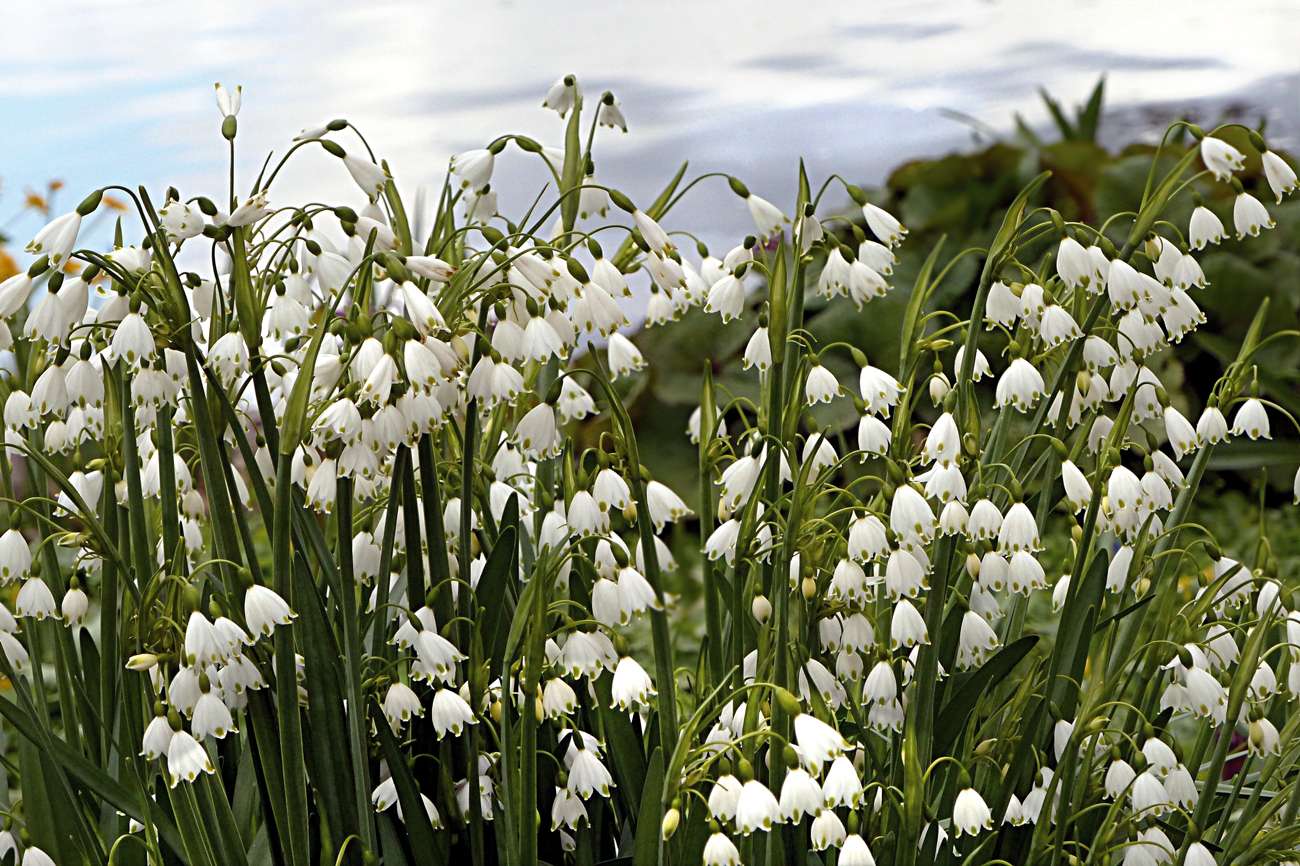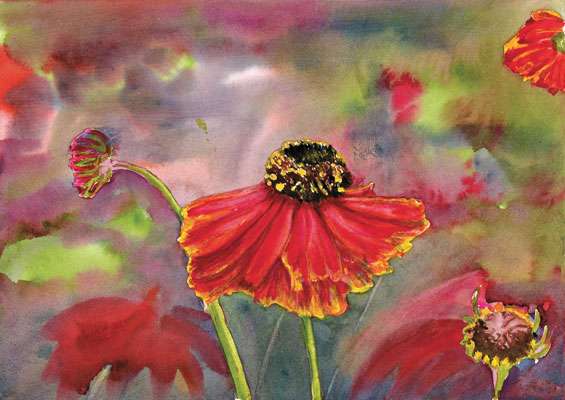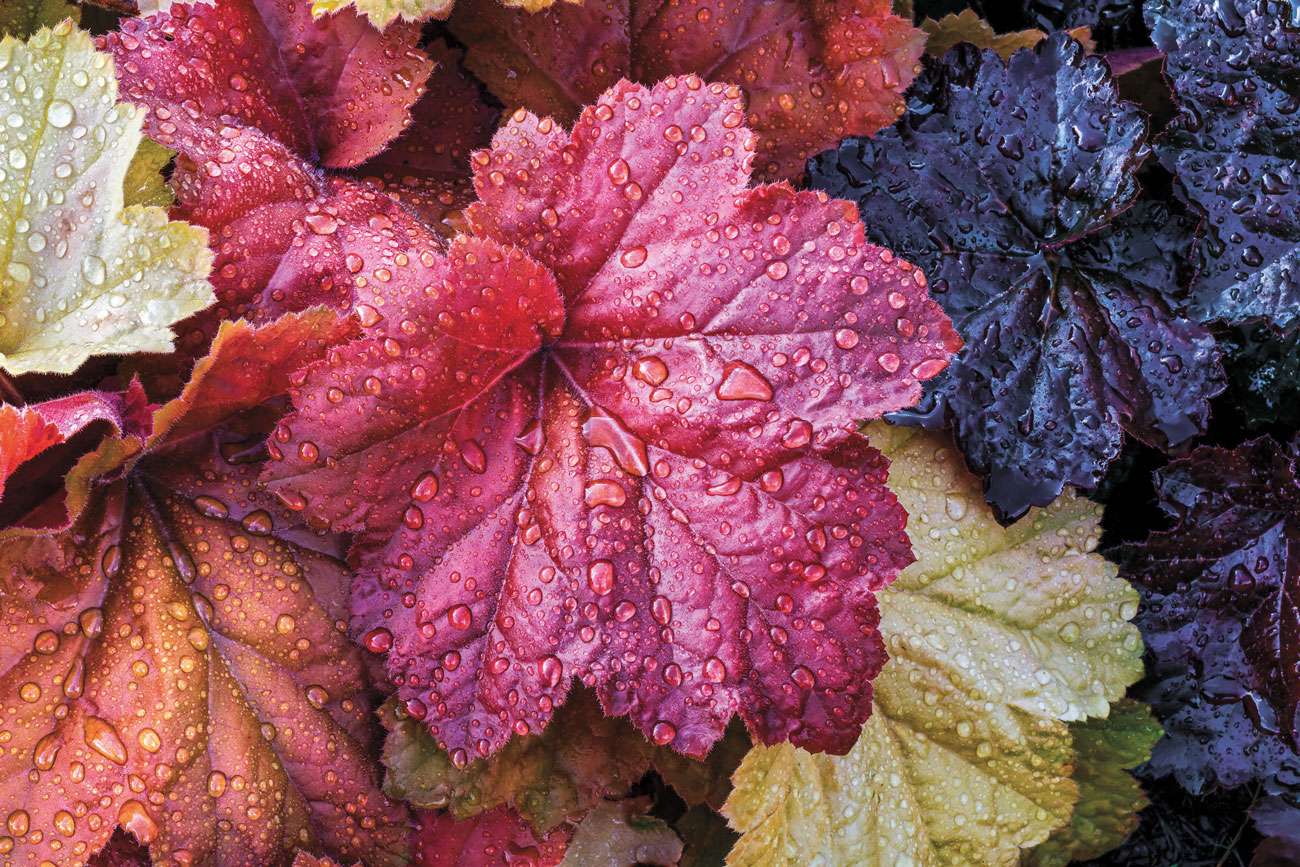
One thing is certain – our weather is becoming more turbulent and unpredictable – but the recent mild spell has given us a longer flowering season and the welcome sight of roses and hebes hanging on last month.
January may prove to be cold, dark and ‘grimbly’ but the hours of daylight will be increasing at approximately 2 minutes and 7 seconds per day – so yippee it’s a start! This month we should expect to see lovely Hellebore flowers and the early Camellia Sasanqua, which is happy to grow in a pot near to the house, out of direct sunshine, where it is also sheltered from the hardest frosts.
Soon, the first snowdrops will force themselves up through the soil and their white petals, tinged with green and gold, which shine in the winter sunshine. Bulbs of new varieties of snowdrop can apparently attract amazing prices, such as Galanthus plicatus ‘Golden Fleece’, which sold for £1,390 in 2015 – a repeat of the Tulip mania of 1636!
Apparently there are now 13,000 distinct varieties of daffodil, which is amazing. I love all the spring bulbs and have planted a number of the scented varieties in pots near the front door and in the beds nearest to the back of the house – so I can see them without getting cold. Also, I buy small pots of scented daffodil and hyacinth for the house. They may not flower for long but I pop them into the flower beds, so they flower again the following year, so they are not wasted.
The garden does not need to lack colour in winter, even though the deciduous plants will have lost their leaves, the bark is revealed in many shades of white, gold, lime green, orange and red. Silver birch such as Betula utilis var. jacquemontii ‘Silver Shadow’ has silvery bark and yellow catkins in the spring and is a very graceful tree. Cornus alba ‘Sibirica’ is a red-barked dogwood and Cornus sanguinea ‘Winter Beauty has vivid orange and yellow shoots and it thrives in full sun. Both of these shrubs benefit from being cut hard back in early spring to stimulate new growth. There are also lots of evergreen shrubs with wonderful colourful leaves and here are just a few to choose from:
- Pittosporum Tenuifolium ‘Abbotsbury Gold’
- Pittosporum Tenuifolium ‘Purpureum’
- Mahonia Media ‘Charity’ with scented yellow flowers
- Ilex Aquifolium ‘Bacciflava’ with stunning yellow berries
- I would advise on not buying any plants until late February, otherwise they can be damaged by the sharp frosts and find it difficult to establish their roots in the frozen ground.

As there are fewer jobs to do outside, we do have a chance to tend to the indoor plants. House plants need less feeding in winter because low light levels slow growth down. Use a half-strength high potassium liquid feed one per month for foliage and flowering house plants. Plants such as cacti, which become dormant in winter, do not need feeding. It is best to avoid regular watering, as it is better to check the moisture level of the compost first, as the surface should be almost dry. If it still feeds wet then wait until it is drier.
I try to find at least one fun thing to see, hear or smell each day. I know that I mentioned this last year about learning to SMINK whilst wearing a mask! As people can’t see that we are smiling except with our eyes, the advice is to wink as well!! This certainly worked before, so I shall repeat the exercise!
I wish you many smiles in your garden, as you anticipate the pleasures ahead.











